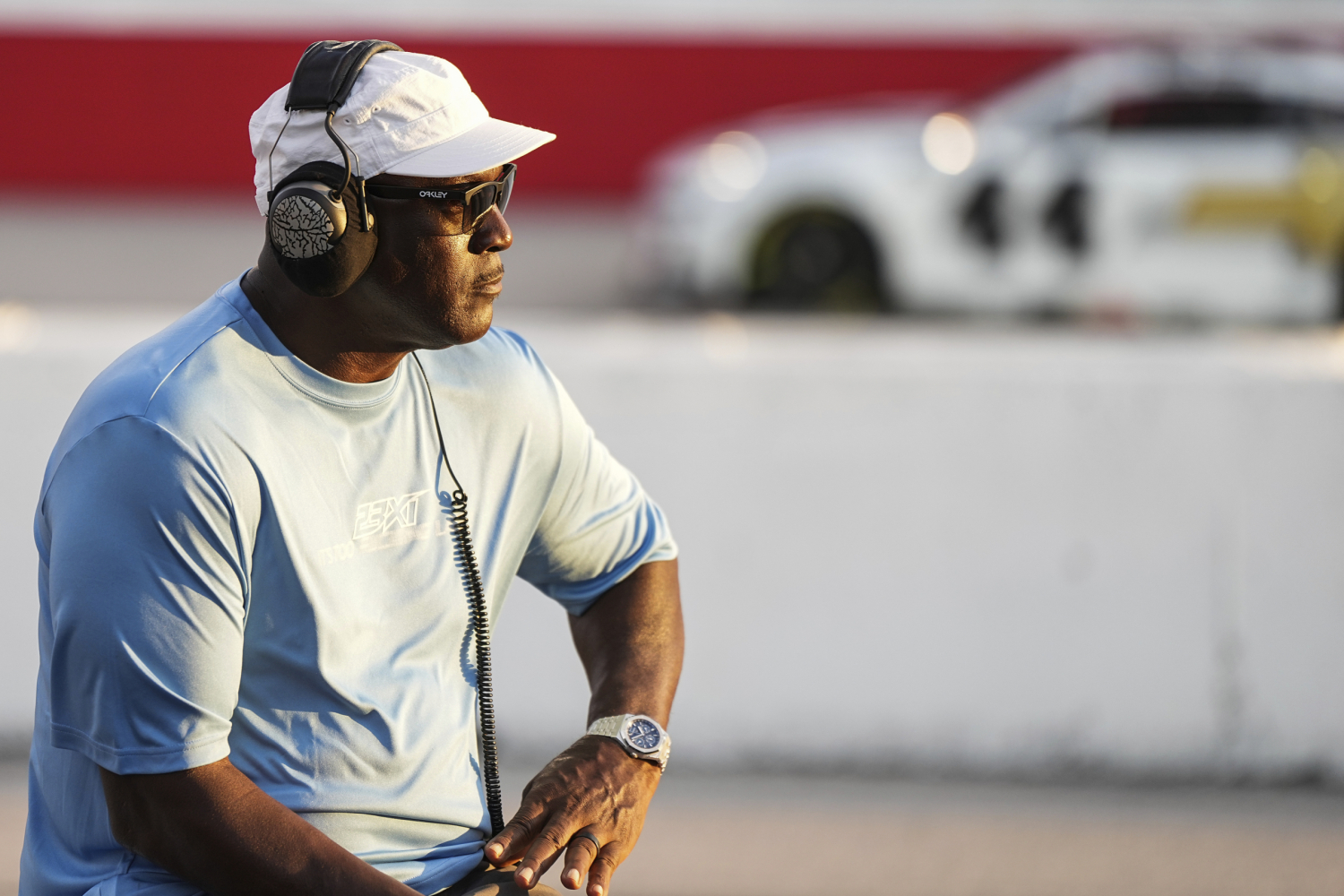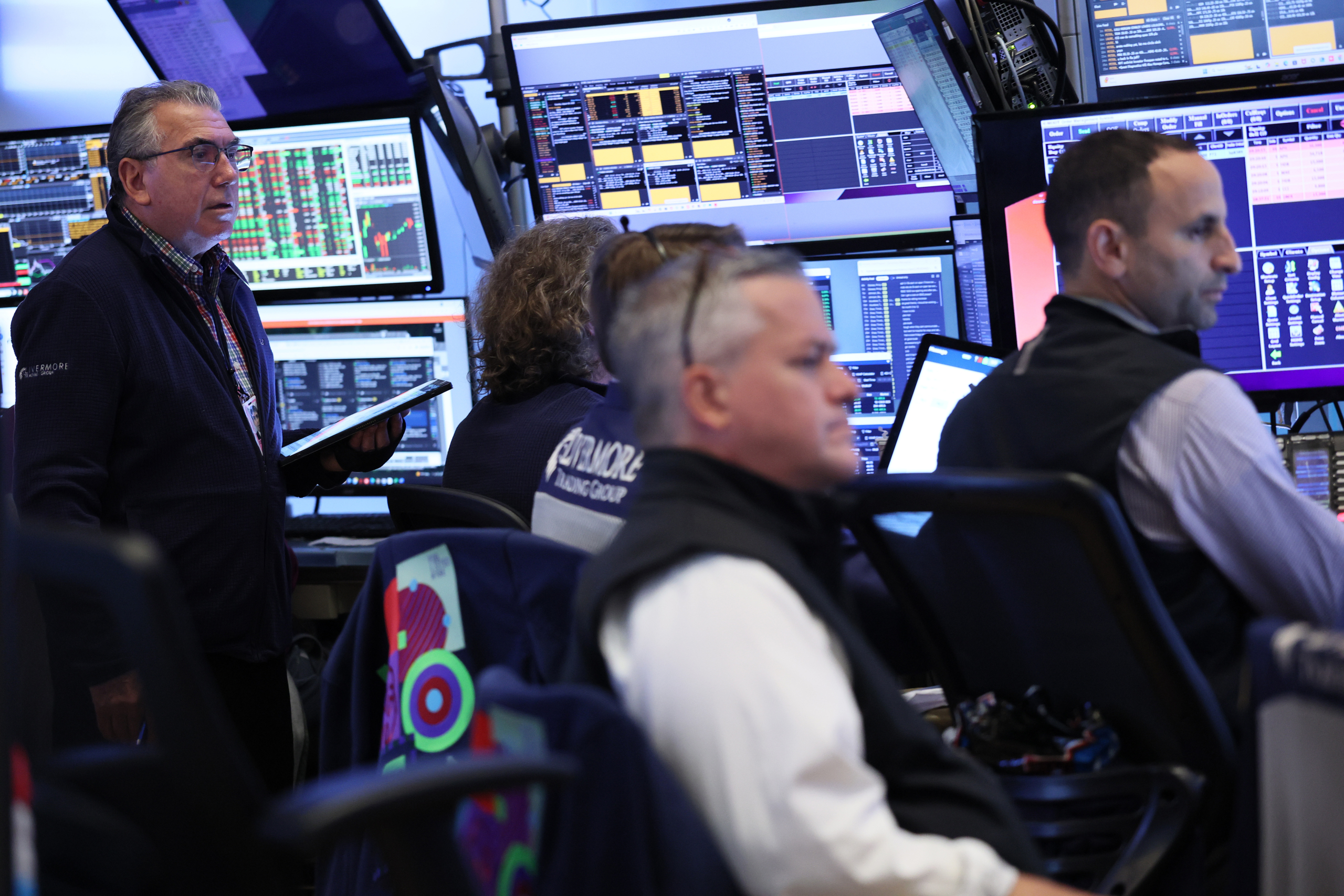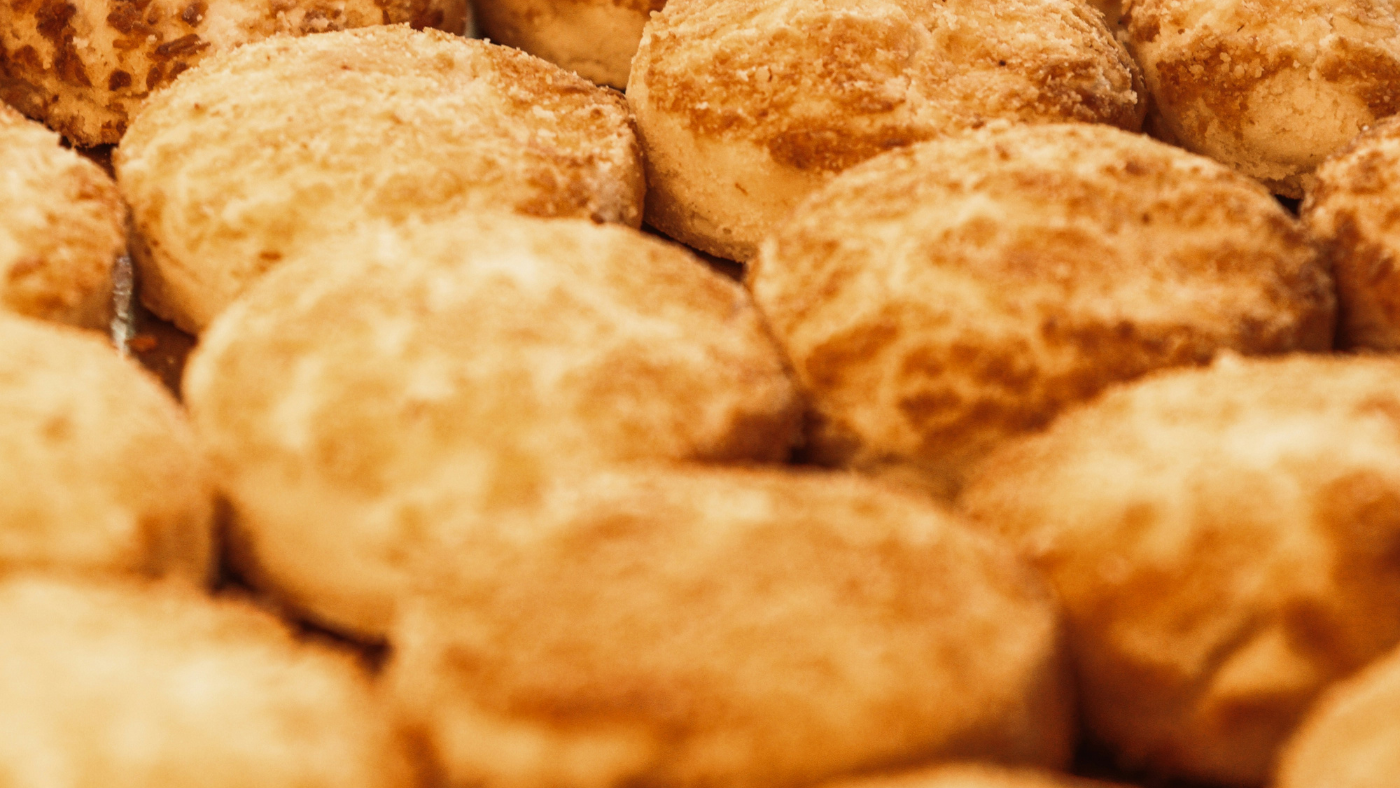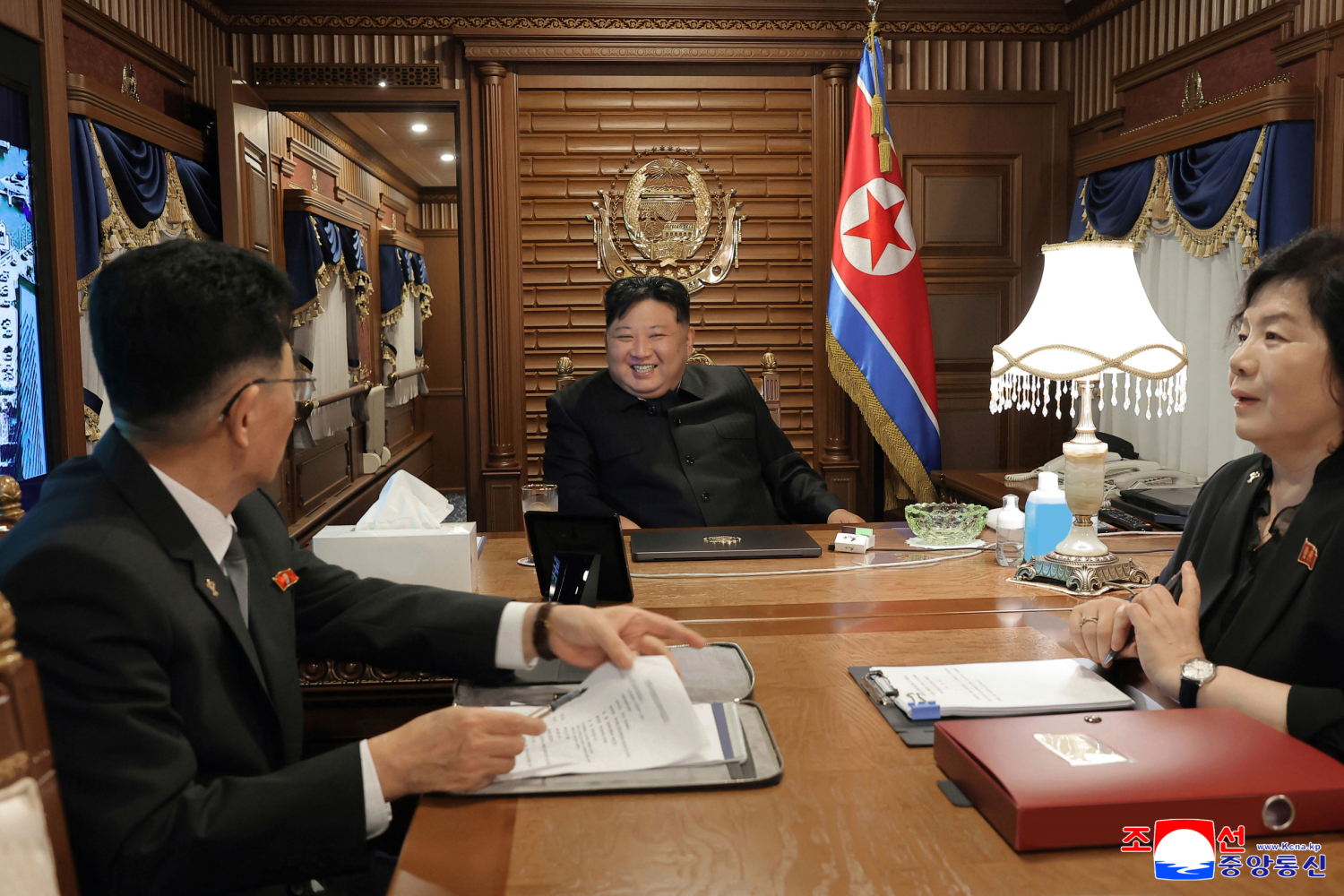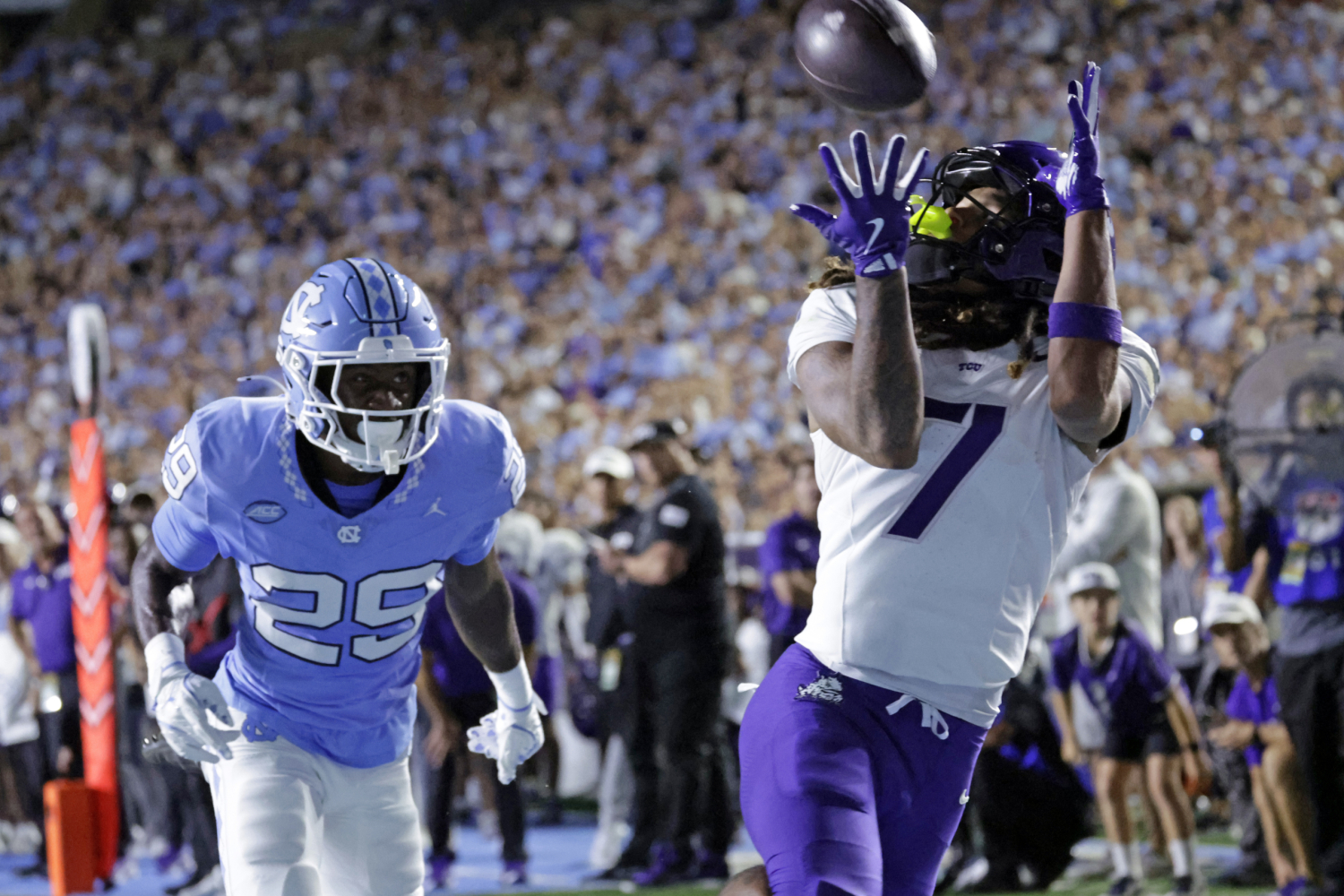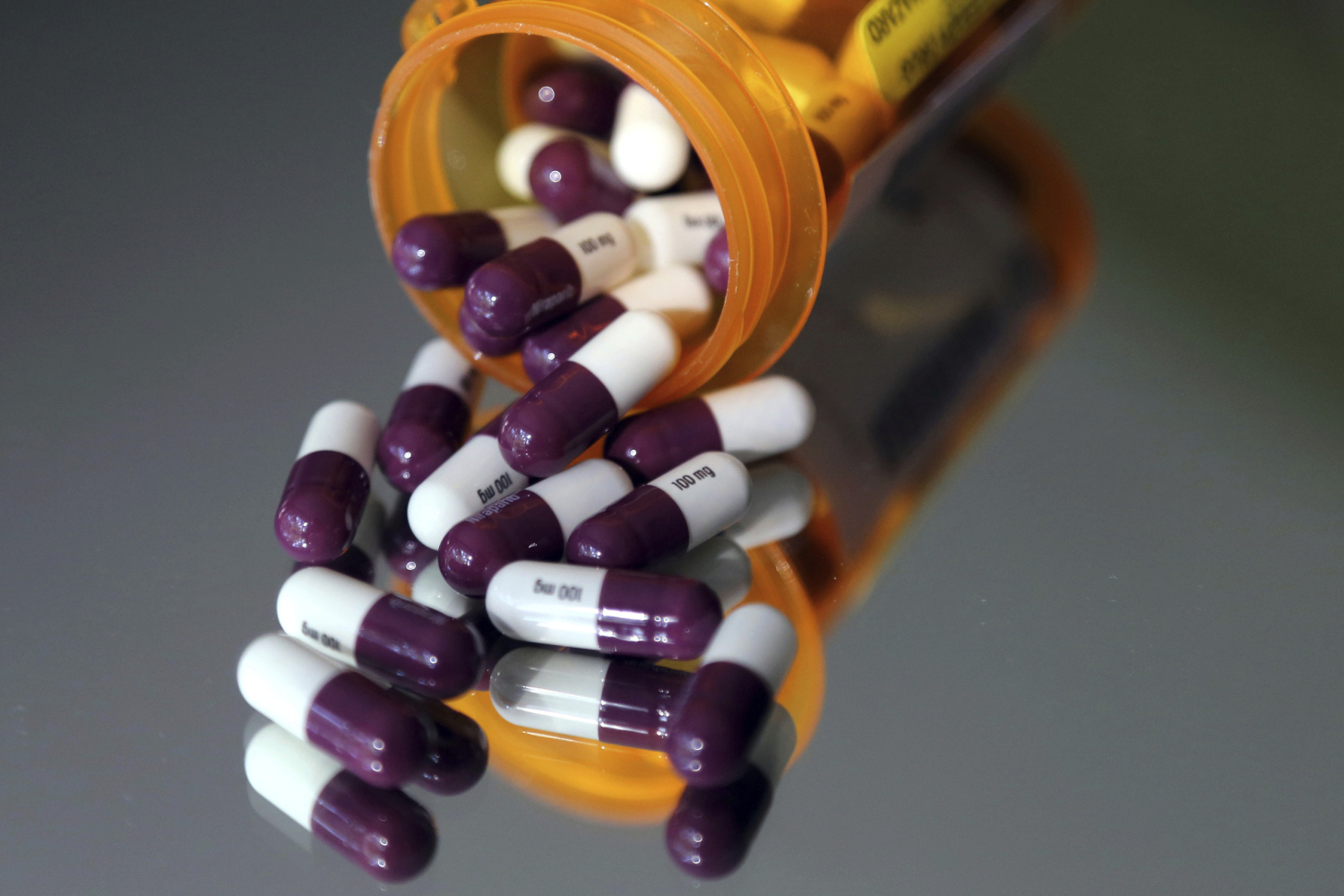JALALABAD, Afghanistan (AP) — The United Nations warned of an exponential rise in casualties from a major earthquake in eastern Afghanistan, as the Taliban said the death toll passed 1,400 on Tuesday, with more than 3,000 people injured.
The figures provided by Taliban government spokesman Zabihullah Mujahid were just for the province of Kunar.
Sunday night’s powerful 6.0 magnitude earthquake struck several provinces, causing extensive damage. It flattened villages and trapped people under the rubble of homes constructed mostly of mud bricks and wood that were unable to withstand the shock.
Rough terrain is hampering rescue and relief efforts, forcing Taliban authorities to air-drop dozens of commandos to evacuate the injured from places where helicopters cannot land.
Aid agency Save the Children said one of its teams walked for over 12 miles (19 kilometers) to reach villages cut off by rock falls, carrying medical equipment on their backs with the help of community members.
An aftershock of 5.2 magnitude close to the epicenter of Sunday’s quake rattled the area on Tuesday, according to the U.S. Geological Survey. There were no immediate reports of damage.
Indrika Ratwatte, the U.N.’s resident coordinator for Afghanistan, said rescuers are scrambling in a “race against time” to reach the mountainous and remote area. In a media briefing in Geneva Tuesday, he warned of a surge in casualty numbers.
“We cannot afford to forget the people of Afghanistan who are facing multiple crises, multiple shocks, and the resilience of the communities has been saturated,” Ratwatte said, while urging the international community to step forward.
“These are life and death decisions while we race against time to reach people,” he said.
It is the third major earthquake since the Taliban seized power in 2021, and the latest crisis to beset Afghanistan, which is reeling from deep cuts to aid funding, a weak economy, and millions of people forcibly returned from Iran and Pakistan.
Ratwatte said that when the walls of wooden and mud homes collapse, the roof falls on the occupants, causing injury or death. While the area was low-density, the earthquake struck when everybody was asleep.
“If you were to model it based on what has happened before, clearly there’s no question that the casualty rate is going to be rather exponential,” he said.
Aid is trickling in to help victims
The Taliban government, which is only recognized by Russia, has appealed for assistance from the international community and the humanitarian sector. However, help for Afghanistan is in short supply due to competing global crises and reduced aid budgets in donor countries.
The United Nations humanitarian office released $5 million from its emergency fund to help kickstart the U.N. response and that will be matched by $5 million from the Afghanistan Humanitarian Fund, U.N. spokesman Stéphane Dujarric said Tuesday.
The U.N. has dispatched at least 25 assessment teams to the region, deploying essential items including blankets and solar lamps to areas that can be reached, Dujarric said. Humanitarian experts said that immediate priorities include emergency shelter, critical medical supplies, drinking water and emergency food aid.
The U.K. has pledged 1 million pounds ($1.3 million) to be split between humanitarian agencies rather than going to the Taliban government, which it does not recognize.
The European Union is sending 130 tons of emergency supplies and providing 1 million euros ($1.16 million). Other countries, including the United Arab Emirates, India and China have pledged disaster relief support.
But earthquake victims are bearing the brunt of opposition to the Taliban government, especially their restrictive policies on Afghan girls and women, including a ban on them working for NGOs. Donor countries had already scaled back their funding and, earlier this year, the U.S. gutted aid to Afghanistan, partly due to concerns that money was going to the Taliban administration.
Kate Carey, the deputy head of the U.N. Office for the Coordination of Humanitarian Affairs in Afghanistan, said more than 420 health facilities had closed or were suspended due to the “massive reduction” in funding, with 80 of them in the eastern region, the heart of Sunday’s quake.
“The consequence is that the remaining facilities are overwhelmed, have insufficient supplies and personnel, and are not as close to the affected populations as the more local facilities at a time when providing emergency trauma care is needed in the first 24 to 72 hours of the earthquake response,” said Carey.
Taliban authorities have set up a camp in Kunar to organize supplies and emergency aid. There are also two centers to coordinate the transportation of the injured, the burial of the dead, and the rescue of survivors.
____
Associated Press writers Jamey Keaten in Geneva and Edith M. Lederer at the United Nations contributed to this report.

